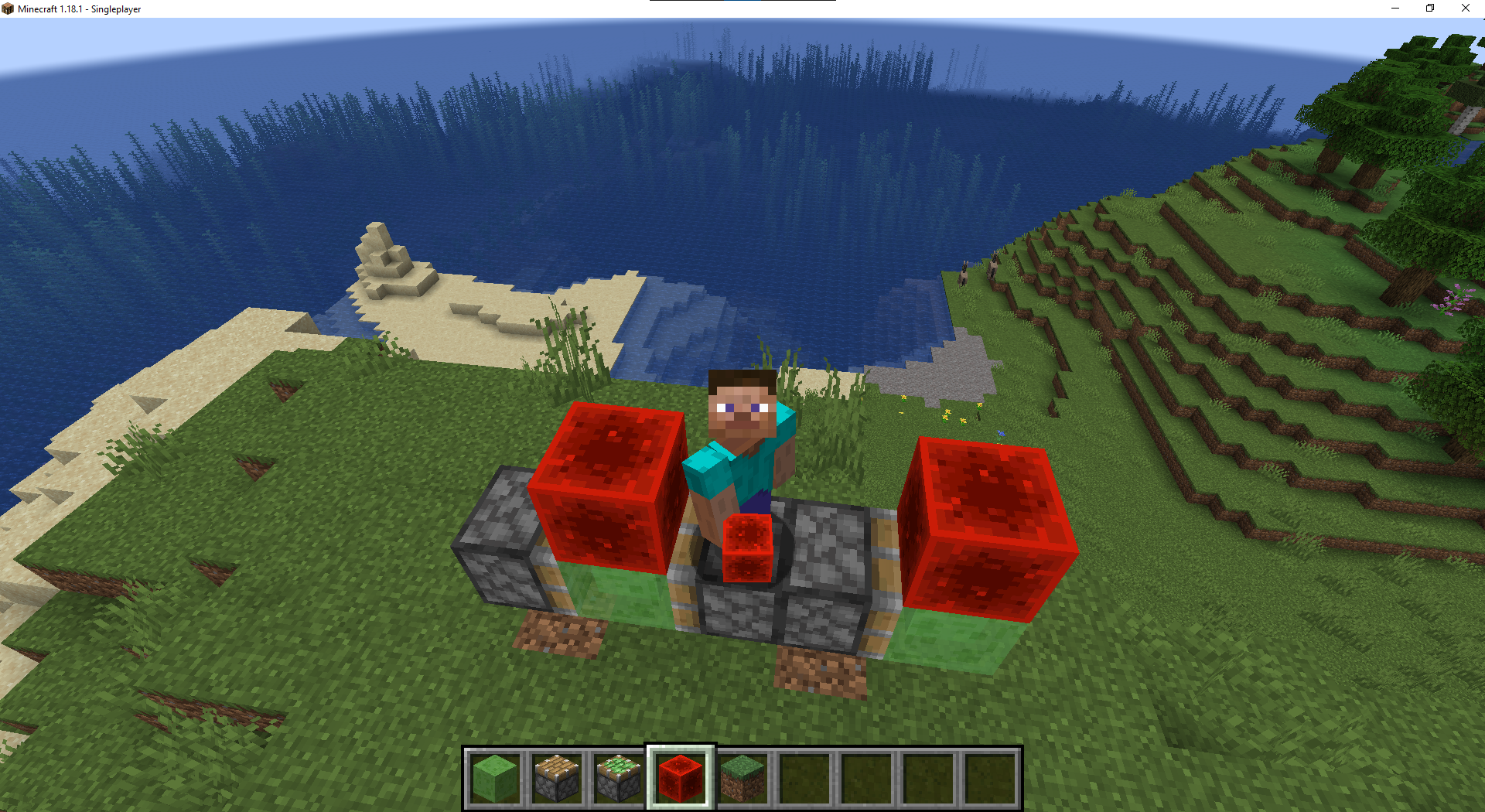Advertisement
Popular Now
The Legend of Zelda series, developed by Nintendo, has long been celebrated for its rich storytelling, innovative gameplay, and immersive worlds. Among the titles in the series, Ocarina of Time (1998) stands out not only for its groundbreaking gameplay mechanics but also for its deep and multifaceted narrative. While many players are drawn to the game's puzzles and action, its story offers a unique exploration of time, heroism, and fate. In this article, we will delve deeply into one specific aspect of Ocarina of Time: its handling of time travel and its narrative consequences. We will examine how this narrative device is used to shape the game world, characters, and the player's experience, as well as the lasting impact it has had on game design and storytelling in video games.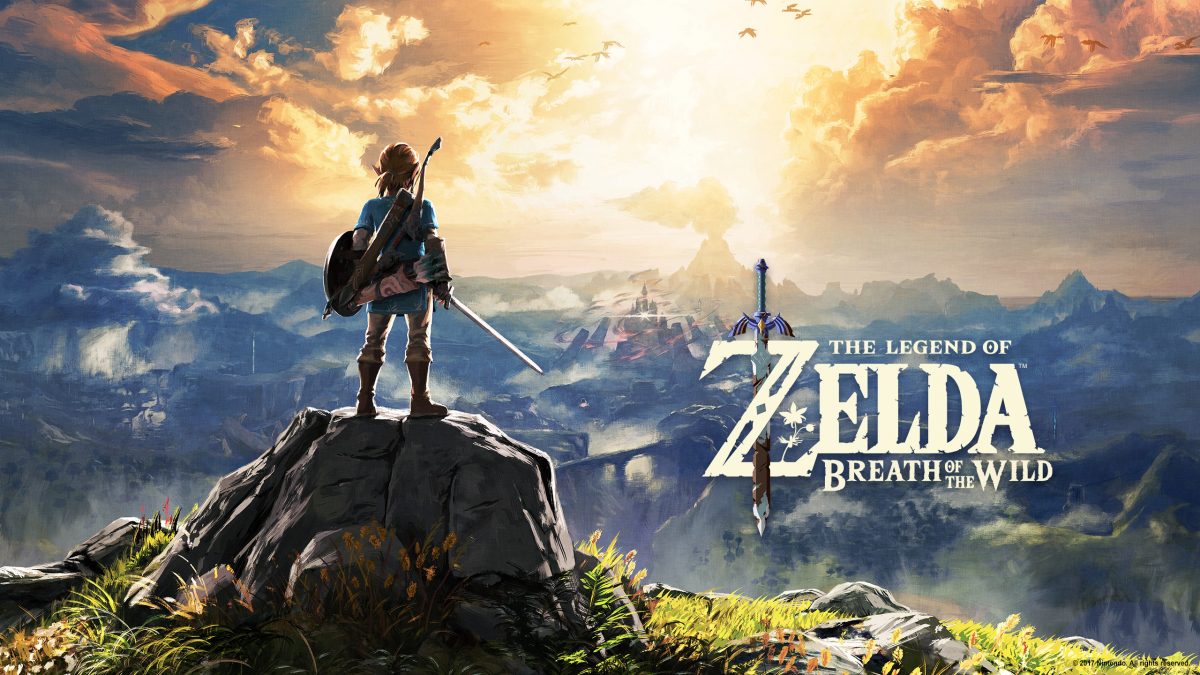
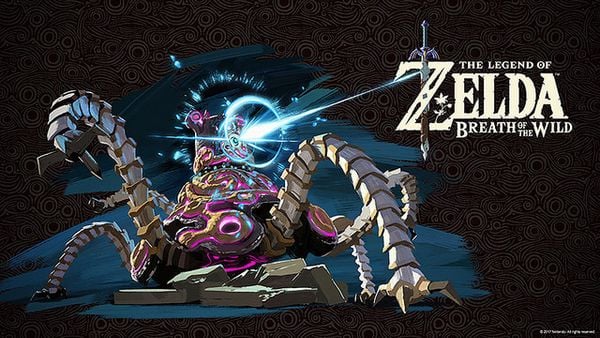

 In many ways, the game's treatment of time can be interpreted as a reflection on the inevitability of change and the cyclical nature of life. The passage of time is not just an external force but something that affects Link internally—his development as a character and the changes he undergoes are both literal and metaphorical. The symbolic weight of time amplifies the emotional depth of the game’s story and its themes.
In many ways, the game's treatment of time can be interpreted as a reflection on the inevitability of change and the cyclical nature of life. The passage of time is not just an external force but something that affects Link internally—his development as a character and the changes he undergoes are both literal and metaphorical. The symbolic weight of time amplifies the emotional depth of the game’s story and its themes.

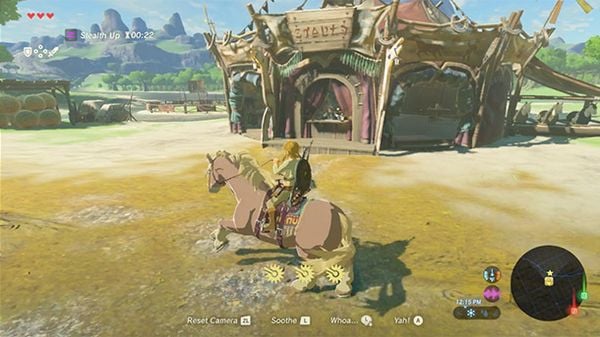
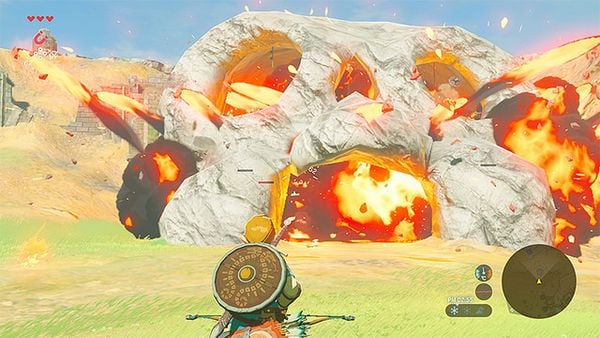



The Role of Time Travel in Ocarina of Time
Ocarina of Time introduces players to the concept of time travel through the protagonist, Link, and the titular Ocarina of Time. The game’s central narrative revolves around Link’s quest to save the land of Hyrule from the evil king Ganondorf. However, what distinguishes Ocarina of Time from other games is the manner in which it integrates time travel into its storyline. At a key point in the game, Link uses the Ocarina to travel seven years into the future, changing the course of events in Hyrule. This shift is not just a plot device but a tool that forces players to consider the consequences of actions taken in one timeline on another. The result is a complex narrative that demands players engage with the passage of time on both a mechanical and thematic level.
The Significance of the Two Time Periods
The two distinct time periods—Link’s childhood and his adult self—are critical in shaping the world of Ocarina of Time. As a child, Link is restricted by his inexperience and lack of power, making him vulnerable and dependent on others for help. In this phase, the world is vibrant and full of hope. However, after traveling to the future, Link becomes a more seasoned warrior, but the world around him has darkened. Hyrule is on the brink of destruction, and many of the characters Link knew as a child are either gone or altered in some way. This stark contrast between the two timelines is not just a narrative choice; it also ties into the gameplay mechanics. Players must utilize both the tools and abilities Link gains as an adult while remembering the relationships and knowledge he accumulated as a child. The integration of time as a tool to shape the story allows for a dynamic and evolving narrative that is less linear than traditional games of the era.
The Symbolism of Time in the Hero's Journey
The use of time travel in Ocarina of Time also ties into the classic Hero's Journey archetype. Link begins his adventure as an innocent child, unaware of the great responsibility that lies before him. As the narrative unfolds, Link's journey through time symbolizes the passage from innocence to experience, mirroring the growth and development of the hero in many mythological tales. This element is emphasized by the transformation Link undergoes when traveling between his child and adult forms. In many ways, the game's treatment of time can be interpreted as a reflection on the inevitability of change and the cyclical nature of life. The passage of time is not just an external force but something that affects Link internally—his development as a character and the changes he undergoes are both literal and metaphorical. The symbolic weight of time amplifies the emotional depth of the game’s story and its themes.
In many ways, the game's treatment of time can be interpreted as a reflection on the inevitability of change and the cyclical nature of life. The passage of time is not just an external force but something that affects Link internally—his development as a character and the changes he undergoes are both literal and metaphorical. The symbolic weight of time amplifies the emotional depth of the game’s story and its themes.
Time as a Gameplay Mechanic
While Ocarina of Time’s narrative revolves around time travel, the game also uses time as a core gameplay mechanic. The ability to manipulate time through the Ocarina is more than just a plot device; it influences the player's interactions with the world and puzzles.The Ocarina and Its Songs
The Ocarina itself is one of the most iconic instruments in gaming. By playing specific songs on the Ocarina, Link can control time in various ways. These songs allow Link to slow down or speed up the flow of time, change the day to night or vice versa, and even summon rain. This interaction with time as a playable mechanic gives players a sense of control over the game world, reinforcing the thematic significance of time travel. However, the Ocarina also adds a layer of complexity to the gameplay. Players must learn the melodies and use them at the right moments, often in the heat of battle or while solving puzzles. This intertwining of narrative and gameplay elevates the Ocarina from a simple plot device to an essential tool for both the character and the player.
The Time-Based Puzzles
Another key aspect of time as a gameplay mechanic is the presence of time-based puzzles. Some dungeons and quests require players to manipulate time in order to solve intricate puzzles. For example, certain rooms in dungeons will only remain accessible for a limited time, forcing the player to think quickly and use their abilities wisely. These puzzles not only challenge the player’s understanding of time but also add a layer of tension and urgency. The fact that time is both an asset and a constraint forces players to balance their actions carefully, creating a more immersive experience where time itself becomes a character in the story.The Impact of Time Travel on Character Development
One of the most fascinating aspects of Ocarina of Time is how the use of time travel affects the development of the game’s characters, especially Link and the supporting cast. Through the different time periods, the player gains a deeper understanding of the characters and their motivations.
Link's Dual Identity
Link’s transformation from a child to an adult marks a significant shift in his identity. The time jump forces players to confront the emotional weight of Link’s journey, as he is thrust into an adult role without the opportunity to grow into it naturally. This sudden shift in identity emphasizes the burden of heroism and the sacrifices that come with it. Link’s character is shaped not only by his actions but also by the loss of his childhood innocence, making his eventual triumph bittersweet. Moreover, the dual nature of Link’s existence—his life as a child and as an adult—gives the character a sense of complexity and depth that was rarely seen in games at the time. By having to navigate two different versions of himself, Link becomes a more relatable and multifaceted protagonist, making his journey feel both personal and universal.
The Fate of Hyrule's Inhabitants
The consequences of time travel are also evident in the fates of the supporting characters. Characters like Princess Zelda, Darunia, and Rauru, among others, are impacted by the passage of time, and their destinies are irrevocably altered by Link’s actions. The game presents a tragic irony: despite Link’s best efforts to change the future, Hyrule’s downfall remains inevitable. In some cases, characters are lost or forever changed, which adds a layer of sorrow and inevitability to the game’s otherwise triumphant narrative. This theme of loss and the impossibility of escaping fate is one of the most powerful elements of Ocarina of Time’s story. Even as Link attempts to alter the future, the game reminds players that time is beyond their control, and certain events are simply meant to happen.Time Travel and Narrative Consequences in Game Design
The use of time travel in Ocarina of Time has had profound implications for the design of future games. The way time is integrated into the story and gameplay creates a model for how narrative and mechanics can work together to create a seamless experience.Nonlinear Storytelling in Games
One of the most notable influences of Ocarina of Time is its approach to nonlinear storytelling. By splitting the narrative across two different time periods, the game presents players with a story that feels both dynamic and multifaceted. This approach has since influenced numerous games, particularly in how time can be used to shape characters, environments, and plotlines. In many modern games, nonlinear narratives allow players to experience the story from different perspectives or timelines, much like how Link experiences his childhood and adult life. This design approach allows players to feel more involved in the world and its events, as their actions can directly impact the unfolding of the story.The Role of Time in Future Games
The success of Ocarina of Time’s use of time travel has led to the continued exploration of time as a narrative device in video games. Many subsequent titles have drawn inspiration from its handling of time manipulation, such as Prince of Persia: The Sands of Time and Chrono Trigger. These games, like Ocarina of Time, explore the consequences of actions across time and the emotional weight that such shifts can have on characters. The use of time travel in Ocarina of Time helped establish a precedent for how time can be both a thematic and gameplay tool in video games, and its influence can still be felt in the industry today.
The Emotional Resonance of Time Travel
Beyond the technical and narrative implications, Ocarina of Time’s use of time travel also has a profound emotional impact on players. The game’s treatment of time is not just about changing the world of Hyrule; it is about reflecting on the personal growth and sacrifices of the protagonist.The Passage of Time as a Reflection of Life
The passage of time in Ocarina of Time is not just a backdrop for the story; it is a central theme that mirrors the real-world experience of growing up. Link’s journey from childhood to adulthood reflects the universal experience of facing difficult choices, growing up too quickly, and learning that the world is not always as simple as it seems. The emotional resonance of Link’s journey is heightened by the fact that players themselves are experiencing the passage of time, making the story’s themes feel more personal. The game’s exploration of loss, change, and inevitability creates a profound emotional connection between the player and the world of Ocarina of Time. The choices made in the game’s two time periods are a reminder that time is both fleeting and irreversible, giving the game’s story a sense of weight and meaning that transcends traditional gaming narratives.











